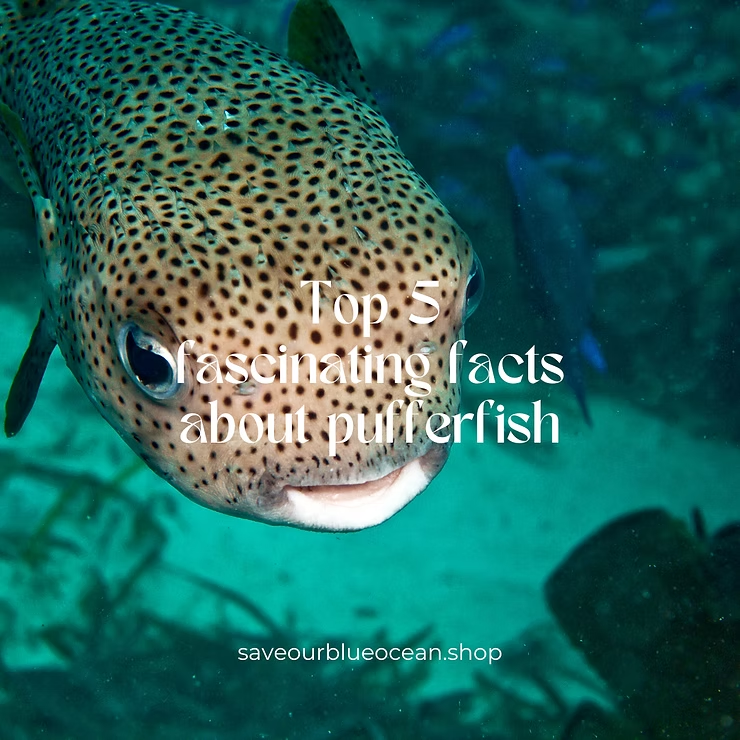The Remarkable Adaptations of Pufferfish
Inflatable Defense Mechanism
Pufferfish are best known for their ability to inflate rapidly when threatened. By swallowing water or air, they transform into a ball-like shape, making themselves appear larger and more difficult for predators to swallow. This unique defense strategy is one of the most iconic survival adaptations in the ocean.
Poisonous Protection
Many pufferfish species possess a powerful neurotoxin called tetrodotoxin, which is deadly to predators and highly dangerous to humans. The toxin is concentrated in their liver, ovaries, and skin. Despite these risks, carefully prepared dishes such as the Japanese delicacy fugu showcase how humans have learned to navigate this danger.
Masters of Camouflage
Pufferfish are adept at blending into their surroundings. With the ability to change color and patterns, they effectively evade predators while sneaking up on unsuspecting prey. This camouflage skill is vital for survival in diverse and often perilous marine environments.
Diverse Species
There are over 120 known species of pufferfish, inhabiting tropical and subtropical waters worldwide. Their size ranges dramatically, from tiny species only a few centimeters long to larger ones reaching up to two feet. This diversity highlights their adaptability across different habitats.
Intricate Courtship Displays
Male pufferfish showcase remarkable artistry during mating season. Using their fins, they carve elaborate circular patterns into the sand to attract potential mates. If impressed, a female will lay her eggs in the carefully crafted center of the design. These intricate displays highlight the complexity of pufferfish behavior beyond survival.
From their inflatable defenses to their extraordinary courtship rituals, pufferfish embody some of the ocean’s most fascinating adaptations. Their combination of danger, beauty, and creativity ensures they remain a source of intrigue for marine enthusiasts and scientists alike. 🐡🌊

